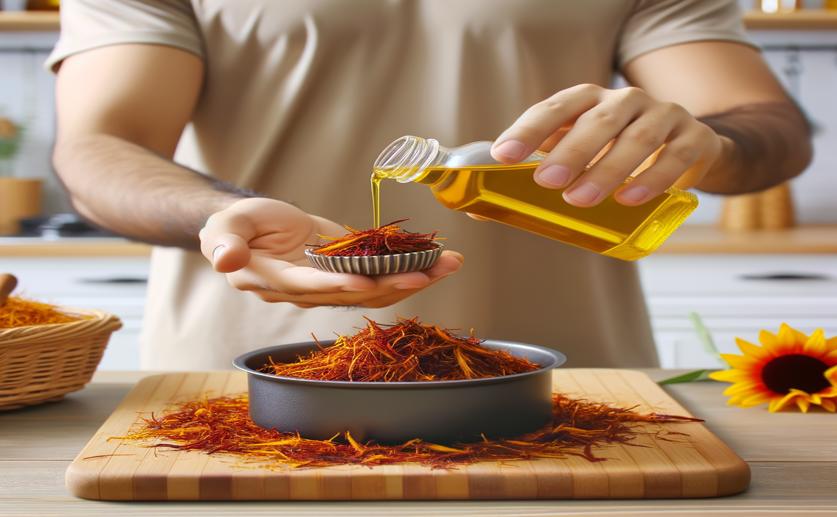
Better Extraction of Healthy Compounds from Saffron Waste Using Sunflower Oil
Jenn Hoskins
19th July, 2024

Image Source: Natural Science News, 2024
Key Findings
- Researchers at Sidi Mohamed Ben Abdellah University developed an eco-friendly method to extract phenolic content from saffron waste using ultrasound and sunflower oil
- The optimal extraction conditions were a solid-to-liquid ratio of 26 g/100 mL, a temperature of 45°C, and a duration of 45 minutes
- This method yielded the highest phenolic content (317.15 mg/kg) and antioxidant activity (89.34%), offering a sustainable alternative to conventional extraction methods
SustainabilityBiochemPlant Science
References
Main Study
1) Optimization of ultrasound-assisted extraction of phenols from Crocus sativus by-products using sunflower oil as a sustainable solvent alternative.
Published 30th October, 2024 (future Journal edition)
https://doi.org/10.1016/j.fochx.2024.101579
Related Studies
2) Antimicrobial and anti-aflatoxigenic activities of nanoemulsions based on Achillea millefolium and Crocus sativus flower extracts as green promising agents for food preservatives.
3) Direct enrichment of olive oil in oleuropein by ultrasound-assisted maceration at laboratory and pilot plant scale.
4) Antioxidants, oxidative damage and oxygen deprivation stress: a review.
Journal: Annals of botany, Issue: Vol 91 Spec No, Issue 2, Jan 2003



 7th June, 2024 | Jenn Hoskins
7th June, 2024 | Jenn Hoskins